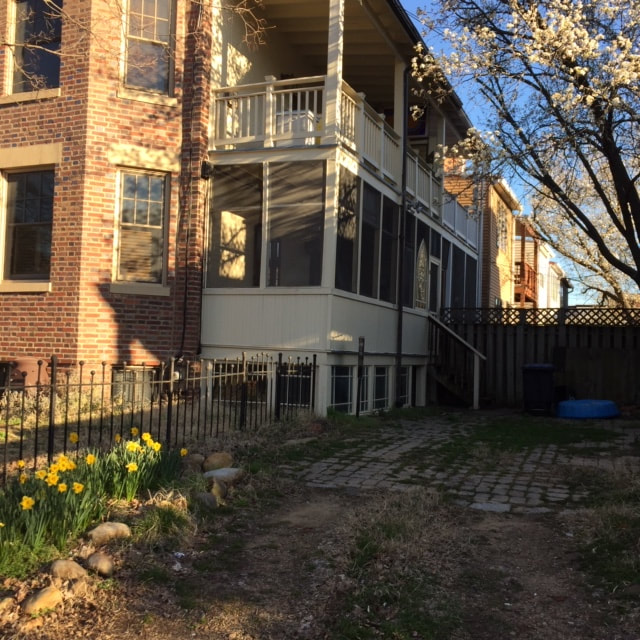|
When the first 65F day of the year falls on a weekend I feel like I've hit the lottery. It means I can suit up and do a full inspection in each of my hives. I'm always a little rusty at the beginning of the year so I like to write down the things I need to look for when I open up each hive. Below you can see the list I made for myself for my first inspection on Sunday. To keep track of everything I see I use this hive inspection form available from my local club: http://www.dcbeekeepers.org/downloadable_files/DCBA_Hive_Inspection_Form.pdf I'm happy to report that all five of my hives made it through the winter and the queens are laying well. Each colony is bringing in lots of pollen and nectar from the early-blooming plants in my neighborhood. Crocus, henbit, corn speedwell, hellebores, witch hazel and the maple trees are all blooming. These early food sources are critical to the survival all kinds of pollinators, not just honeybees. The 2019 beekeeping season looks off to a good start! Checklist: First Hive Inspection of the Year
What I won't be doing today
When I come inside afterwards I'll review my notes and think about what I saw. From this I'll be able to plan what I need to do in the coming week including:
|
AuthorWrite something about yourself. No need to be fancy, just an overview. Archives
March 2019
Categories |

 RSS Feed
RSS Feed